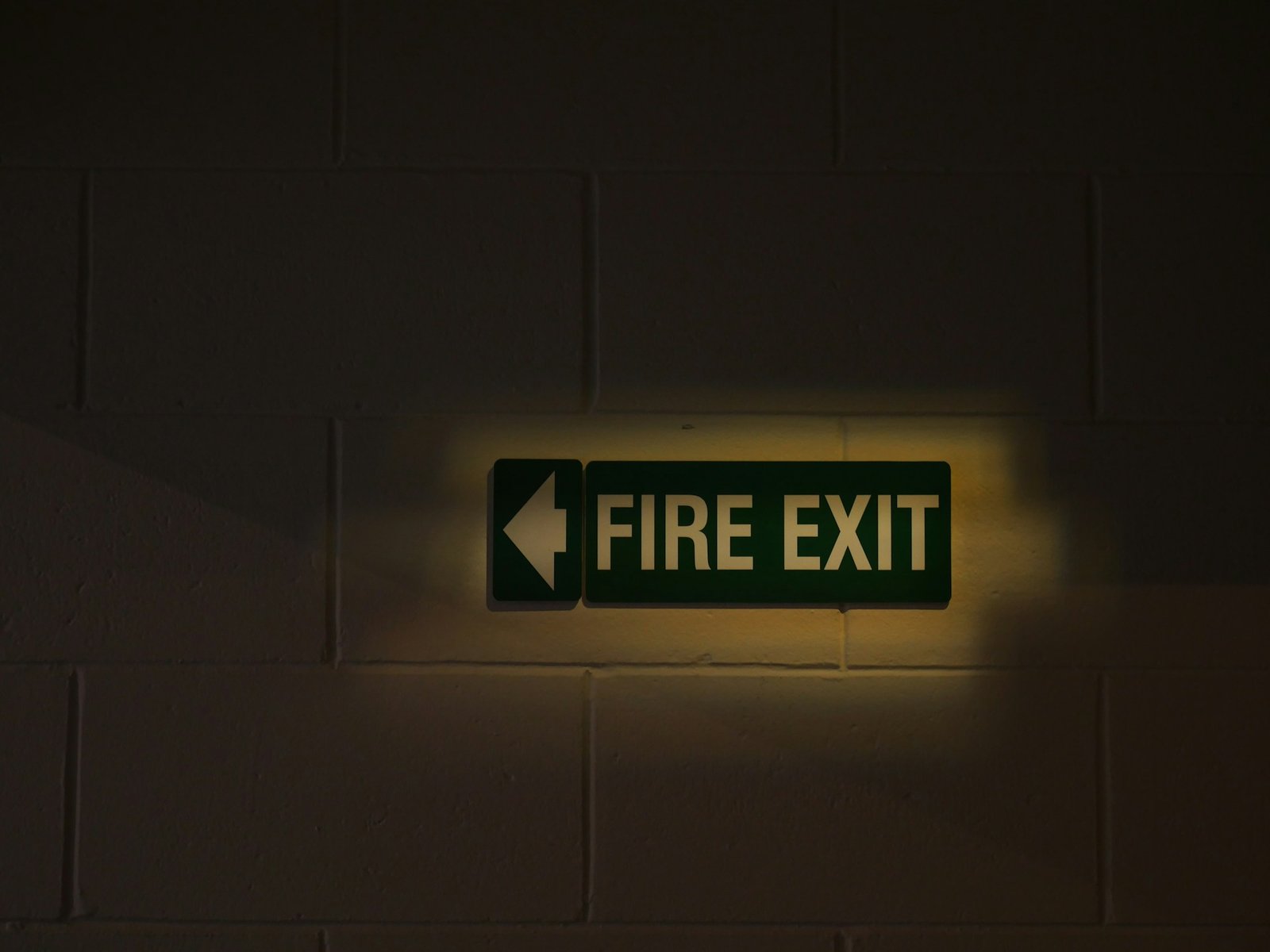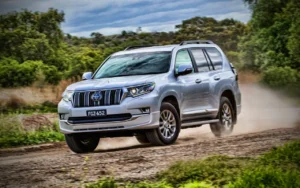Summer can be rough on buildings. Heat dries out grass and leaves. Storms roll in, wind picks up, and small sparks can turn into real fires. People also prop open doors for air, plug in more fans, and run extra gear. All that adds up. A safe site needs a clear plan, steady checks, and water that actually reaches the flames when it counts.
This guide keeps things simple. It shows what to check, why it matters, and how to keep people calm if an alarm sounds. No heavy jargon. Just clear steps any manager, owner, or team lead can use.
Contents
- 1 Know your people and your paths out
- 2 Water that actually reaches the fire
- 3 Simple pump checks that matter
- 4 Sprinklers, valves, and heads
- 5 Hydrants and hose reels
- 6 Power, backup, and the “what if” plan
- 7 Housekeeping that stops small fires
- 8 HVAC and smoke days
- 9 New tenants and layout changes
- 10 Training that sticks
- 11 Records that prove you’re ready
- 12 A quick month-by-month rhythm
- 13 Working with pros
- 14 What to teach every team member in five minutes
- 15 Key takeaways and next steps
Know your people and your paths out
Start with people, not hardware. Make sure everyone knows two ways out of each work area. Keep exits clear the whole day, not just for audits. Don’t leave boxes, bins, or trolleys in front of doors. Push desks and racks back from exit paths, even if it means a small shuffle.
Check exit signs and lights. If a sign is dim or flickers, swap the battery or log a repair. Hold short fire drills so people know the sound, the path, and the outside meeting spot. New staff need this in week one. Visitors need a quick pointer when they sign in.
Water that actually reaches the fire
Sprinklers and hydrants only work if water gets there with enough push. That push comes from a fire pump. If the pump is weak, the spray is weak. Pressure drops fast when heads open or hoses run, so the system must be sized for the worst minute, not the best day.
If your building uses a tank, check the level and the valve positions. If it uses mains, check the feed and backflow device. Keep pump rooms tidy and unlocked for trained staff and crews. Label every valve so no one guesses during a tense moment.
For local advice on gear and choices, there’s a helpful guide on Fire Fighting Pumps in Melbourne. It explains common setups and where each one fits, which can help when talking to your service tech or builder.
Simple pump checks that matter
Each week, run a quick start test if your setup allows it. Watch the controller panel. Look for normal start, steady running, and clean shut down. Listen for knocks or odd squeals. Those sounds are small hints that can stop big trouble later.
Each month, check suction strainers (if fitted) and make sure air can flow around the motor. Heat is the enemy of motors. Keep vents clear and the room clean. If you have a diesel pump, look at fuel level, coolant, and oil. Run it long enough to get warm. A cold start is only half a test.
Once or twice a year, book a full flow test with a licensed tech. Flow testing shows real output under load. Ask for the report and keep it on file. Numbers on paper beat guesswork in a real event.
Sprinklers, valves, and heads
Walk the site and look up. Are there storage stacks too close to the sprinkler heads? Keep the gap the system needs (your designer or tech can confirm the height rules). Bent or painted heads should be replaced. Don’t hang signs, bunting, or cable ties off pipework. That seems small until a head can’t open the way it should.
Check the alarm valve set. Make sure trims and gauges look normal and that test drains work. If you have a dry system in a cold store, confirm the compressor is healthy and that low spots are drained to avoid ice plugs.
Hydrants and hose reels
Hydrants and reels help trained staff and fire crews hit a fire early. Keep access clear—no parked cars, bins, or pallets in front. Caps should be on, threads clean, and markers easy to see at night. Hose reels need full rewind and no leaks. A half-kinked hose wastes time when seconds matter.
Power, backup, and the “what if” plan
Blackouts happen on hot days. Plan for that. Emergency lights need good batteries. Alarm panels should sit on clean power with stable backup. If you rely on a diesel fire pump for backup pressure, fuel needs to be in date and tanks clean. Set a reminder to rotate stock if your rules allow it. If the site uses a generator, test the auto-start and load transfer on a calm day, not during a storm.
Make a short “what if” card for staff: power down, alarm sounds, smoke in a corridor, or lift stuck. Note who calls who, where to stand, and who meets fire crews at the door.
Housekeeping that stops small fires
Most fires start small. Good habits keep them small. Empty bins, clean lint traps, and move cardboard off warm gear. Keep chargers on shelves with air around them—never under piles. Check that portable heaters are not near curtains, boxes, or bag storage. In kitchens, clean hoods and ducts often. A greasy hood is a fuse waiting to go.
Outside, trim dry grass near walls and fence lines. Store pallets away from doors. If smokers use a set area, give them a metal bin with sand and empty it often.
HVAC and smoke days
Smoke can roll in from far away fires. HVAC systems can pull that smoke into the building. Know how to set the system to “recirculate” or how to shut down fresh air intake if the air outside gets bad. Door closers should work so smoke does not drift from one zone to the next. If the site has automatic smoke control, test dampers and fans on a set schedule with your tech.
New tenants and layout changes
When a new tenant moves in, or when racks and rooms change, the fire plan needs a quick update. New walls can change how air and smoke move. Taller racks need more clearance to heads. More people on a floor may mean a new exit route or a larger meeting area outside. Walk the space with the tenant before day one. Show them the alarm panel, the pump room, the hydrant points, and the path to the assembly area.
Training that sticks
Short, real training beats long talks no one recalls. Teach how to pull a manual call point, who grabs the roll, and who meets crews. Show where the extinguishers are and which type to use on which fire. Water is for paper and wood. CO₂ is for live power gear. Dry chemical can handle many risks but leaves a mess, so use it early, not late.
Do a walk-through drill each season. Time how long it takes to clear each zone. If a door sticks, fix it. If a crowd forms in a bottleneck, adjust the route or move racks.
Records that prove you’re ready
Keep a single folder or shared drive with clear names: pump tests, alarm tests, exit light tests, service reports, and drills. Dates and pass/fail notes matter. When an inspector visits, clean records save time and stress. When gear fails, those records help techs spot patterns fast.
A quick month-by-month rhythm
Week one each month: test exit lights and walk exit paths.
Week two: short fire drill for one floor or one team.
Week three: pump start test and a look at fuel and batteries.
Week four: housekeeping sweep—bins, chargers, storage gaps, and plant rooms.
This rhythm keeps tasks small and steady. No one gets swamped. Risks stay low.
Working with pros
Good service techs are worth it. They know the rules, the real-world traps, and the parts that tend to fail. Ask simple questions and write down the answers. What parts should be on hand? What readings should be watched between visits? What failure signs need a call-out, not a “wait and see”?
If budget is tight, build a plan that spreads upgrades over the year. Start with life-safety gear: alarms, exits, and water delivery. Nice-to-have work can wait until the core is solid.
What to teach every team member in five minutes
Share these three points on day one. One: learn the two exits for your area. Two: if you see smoke, pull the alarm and get out; do not try to be a hero. Three: go to the meeting point and stay there until the fire warden or crews say it’s all clear. Simple rules save lives.
Key takeaways and next steps
Summer risk is real, but a clear, steady plan keeps people safe. Keep exits clear, test alarms and lights, and make sure water arrives with the push it needs. Run short drills so no one freezes when the bell sounds. Set a monthly rhythm you can keep, and log each check. If something fails, fix it before it grows. Share the plan with tenants and new staff so everyone plays their part. A building that stays ready is a building where people feel safe and can get on with their day.



